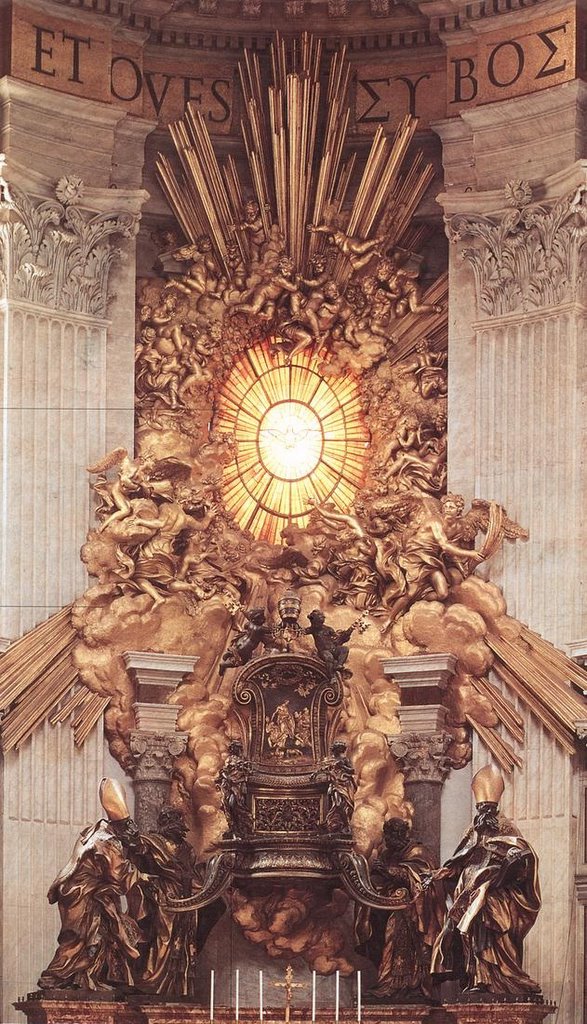
On a walk through the rainswept streets of Rome late yesterday, one of the ops called to compare notes and keep company.
A couple minutes in, he sounded startled for a second, saying "Hold on. Hold on."
I had no clue what was going on, but I held on regardless.
A couple seconds later, a Germanic voice came on the line and said hello. Thinking that my friend had gone into impersonation mode, I started joking with my "new" conversant. But when the heavily-accented speaker asked if I'd like to hear him sing AC/DC's "Highway to Hell," it became clear that this was no joke, but truly the
supremo of Sant'Anselmo and abbot-primate of the Benedictine Confederation, Dom Notker Wolf.
Since 2000, the 66 year-old Bavarian has served as head of the global Benedictine family. Five days back, Wolf welcomed his fellow Bavarian to the Aventine Hill (below) as, in keeping with tradition, Pope Benedict began the centuries-old papal observance of Ash Wednesday and Roman Lent at Sant'Anselmo, the order's motherhouse known both its proximity to
a famous keyhole, and the Pontifical Liturgical Athanaeum, which is actually onsite. And just the other day, he appeared on Vatican Radio
to talk (mp3) about the penitential season's revered custom of the Eternal City's "station churches."

Wolf's quite a character, and his forays into the press are usually marked by observations both colorful and whimsical; speaking on Benedict's impact during last year's papal homecoming in Bavaria, the abbot-primate
told The Tablet that the German Pope "is just preaching the love of God. He is saying, ‘Listen, God is different from what you think.' For us in Germany, God has been the bookkeeper, writing down all your sins ... And that is just the opposite from what the Pope is bringing us now. He removed the fear. He speaks of another God - who liberates us and loves us ..."
Suffice it to say, our ten-minute chat before Wolf headed up the 276 steps to his home-base remained true to his rep. He did end up conjuring Bon Scott and singing a verse and chorus of "Highway," complete with opening riff.
"I love singing it on airplanes," he said of the 1975 classic, "with my guitar over my shoulder."
A trained musician (who usually does travel with his guitar), while Wolf's tastes veer toward the traditional as well as the modern, the abbot-primate has gotten his biggest buzz in Europe for his spot as rhythm guitarist and flutist for
Feedback, a "contemplative" rock band. He got to know his current bandmates when the other members were in boarding school together in Germany, before his election as primate. Alongside AC/DC, the band cites the Stones, ZZ Top and Jethro Tull amongst its influences.
The latest Feedback disc, "Rock My Soul," was released in 2003. In his day job, the abbot-primate goes on US tour again in late March, starting off in New York.
PHOTO 2: Ateneo Sant'Anselmo-30-
 Hopefully it's no surprise to anyone that the cause for canonization of Wojtyla Magnus (or is it Amatus now?) continues apace.
Hopefully it's no surprise to anyone that the cause for canonization of Wojtyla Magnus (or is it Amatus now?) continues apace.











